The university has made great strides in international integration.
Before Resolution 29 was issued, Vietnamese universities still relied on the “breathing and support” of the State budget. The dream of university autonomy and universities reaching international standards was constrained by the old mechanism. But everything has changed, university education has been strongly revived in the past 10 years.
Having devoted his whole life to the cause of higher education, Mr. Nguyen Dinh Duc (Chairman of the Council of the University of Technology - Vietnam National University, Hanoi, Head of the Vietnam Higher Education Quality Assurance Network Club) deeply understands the values that Resolution 29 brings. Mr. Duc believes that the Resolution has historical significance in the cause of reviving the country's education.
“The Resolution was born in the context of the country promoting industrialization and modernization and the world entering the era of Industrial Revolution 4.0. With the 7 goals stated in the Resolution, it can be seen that they are all important, basic, core, and fundamental goals and contents - very modern and integrated, very correct, accurate, and timely" - Mr. Dinh Duc commented.
According to Mr. Nguyen Dinh Duc, the most remarkable achievement is that Vietnamese higher education has quickly integrated and approached international standards. " Never before has Vietnamese education innovated so quickly and strongly, approaching international standards as in recent years. The clearest evidence for this statement is the results in the assessment of higher education quality and university rankings," said Mr. Duc.
Mr. Duc demonstrated that in 2018, for the first time in the history of Vietnamese higher education, our country had 2 National Universities listed in the top 1,000 universities in the world. Now, many Vietnamese universities have been listed in many prestigious international university rankings.
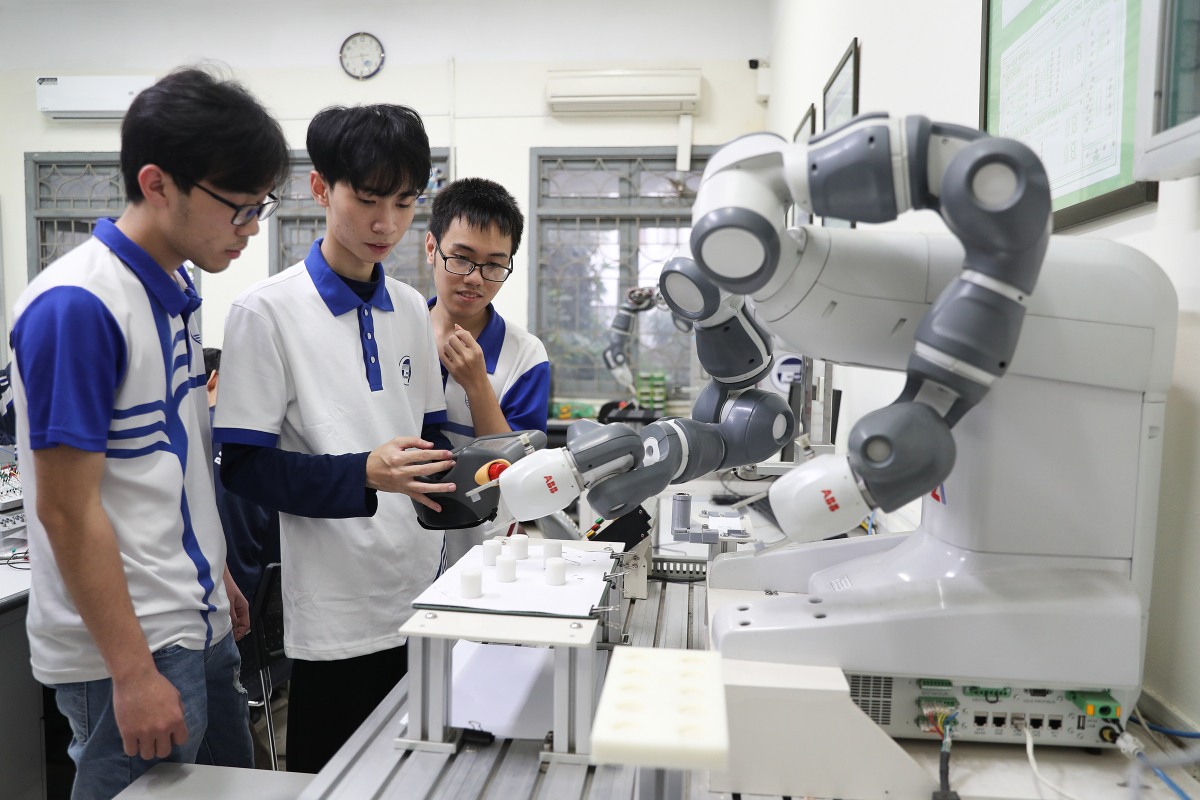
The training quality of universities has been improved over the past 10 years. Photo: Hanoi National University.
Not only that, higher education has made breakthroughs in scientific research. Currently, in higher education institutions across the country, there are more than 1,000 research groups, including hundreds of strong research groups, and from strong research groups, a number of excellent laboratories and research centers have been established, playing a leading role in the country's scientific and technological activities. Thanks to improving quality standards and having policies to support research and research groups, Vietnam's international publications have increased sharply. From 59th place (4,017 articles) in 2014, it has risen to 46th place in the world (18,466 articles) in 2022. The total number of international articles of Vietnam is 97,520 in the period 2014 - 2022. In recent years, a number of Vietnamese scientists have also been listed in the rankings of influential scientists in the world, which have been objectively evaluated and voted by the international community.
Implementing Resolution 29, in addition to standard training programs, the Ministry of Education and Training has directed universities to actively deploy advanced and talented training programs to train and foster talents. From the beginning of 2016 to the first 8 months of 2023, the total number of newly opened majors at the university level was about 300, showing that Vietnam's higher education is moving quickly and in the right direction, keeping up with the trend of the 4.0 industrial revolution.
The biggest highlight, according to Mr. Nguyen Dinh Duc, is that university autonomy has been implemented quickly, extensively and in many aspects, especially after the National Assembly issued Law 34 of 2018 on the amended Law on Higher Education. Implementing Law No. 34, the Government issued Decree No. 99/2019/ND-CP dated December 30, 2019 detailing and guiding the implementation of a number of articles of the Law amending and supplementing a number of articles of the Law on Higher Education. "Policies on university autonomy are like a breath of fresh air that have completely changed the face and governance of universities in recent years," Mr. Nguyen Dinh Duc emphasized. According to this expert, the result of that innovation process is that we have trained a team of successor cadres and human resources with high quality, high qualifications, young talent, capable of shouldering the great and glorious mission of the country in the new period.
Letting Higher Education Take Off
In addition to the achievements, many experts also believe that there are still many problems that domestic universities need to overcome. In particular, it is necessary to rectify the admission process; training programs; teaching organization and training management, university administration (including quality assurance conditions; staff, facilities, testing and evaluation); and output standards.
“ In some places, student output standards such as foreign languages, critical thinking and reasoning ability, and professional skills are still low. Many training programs lack connection with research and practice. The quality of lecturers in some schools and some fields is still weak and lacking,” emphasized Mr. Nguyen Dinh Duc.
Many people consider the investment in higher education to be inadequate. According to Mr. Le Viet Khuyen - Vice President of the Association of Vietnamese Universities and Colleges, the statistics in 2020 show that investment in higher education accounts for 0.27% of GDP and about 4% of the education budget. This is a modest figure. Current investment in higher education is only 1/2 to 1/6 compared to some countries in the world if calculated as a percentage of GDP. For example: Thailand 0.64%; China 0.87%; Korea 1.0%, Finland 1.89% ...
It can be seen that Resolution 29 has outlined the way, shown the way, opened up, and oriented the development of higher education. In the past 10 years of implementing the resolution, higher education has been strongly revived and developed. However, there are still things that have not been done as Resolution 29 has pointed out, including issues that are not the responsibility of universities and the education sector.
The teaching staff has made new progress. According to Deputy Minister Hoang Minh Son, the most important step forward in higher education over the past 10 years has been the development of the teaching staff in terms of quantity, qualifications and capacity - the most important factor determining the quality of training. In the period 2013 - 2022, the number of university lecturers has increased in proportion to the training scale, maintaining a stable ratio of about 25 students per lecturer. The proportion of lecturers with a doctoral degree increased from less than 15% to over 32%, of which the proportion with a university degree decreased from 32% to 7%. The number of scientific publications per lecturer, calculated by articles in the Scopus catalog, increased 5 times (from 0.04 to 0.2 articles). The capacity of the teaching staff in developing programs, innovating teaching methods, testing and evaluation, and ensuring quality has been increasingly improved. |
Trinh Phuc
Source






![[Photo] Prime Minister Pham Minh Chinh chairs meeting on US imposition of reciprocal tariffs on Vietnamese goods](https://vstatic.vietnam.vn/vietnam/resource/IMAGE/2025/4/5/9b45183755bb47828aa474c1f0e4f741)

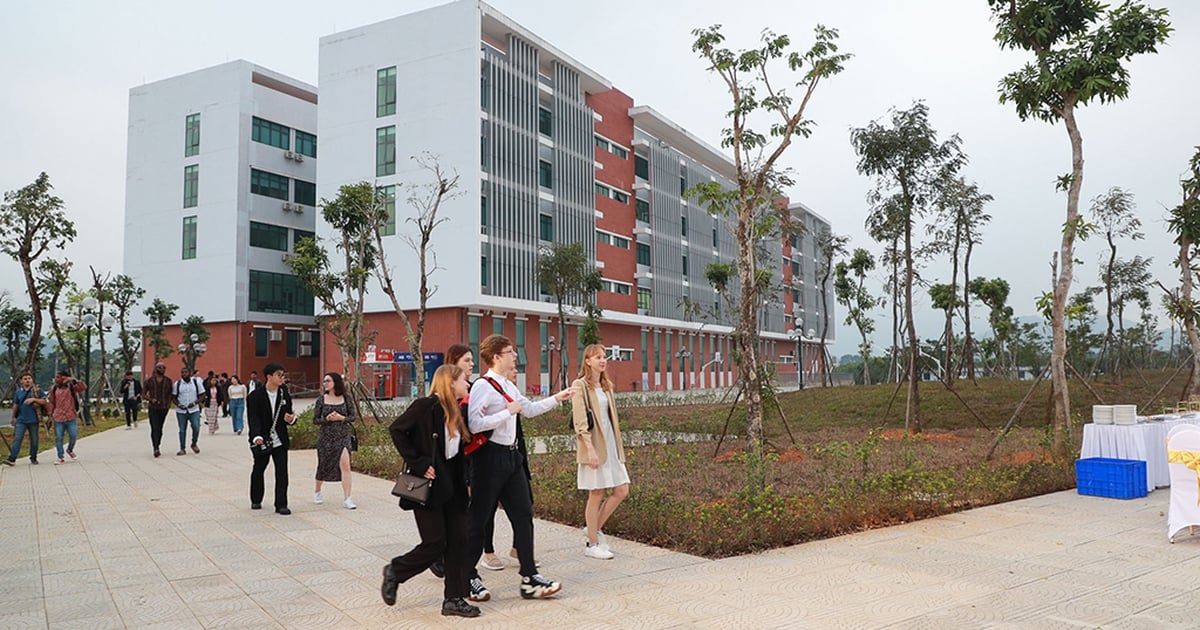

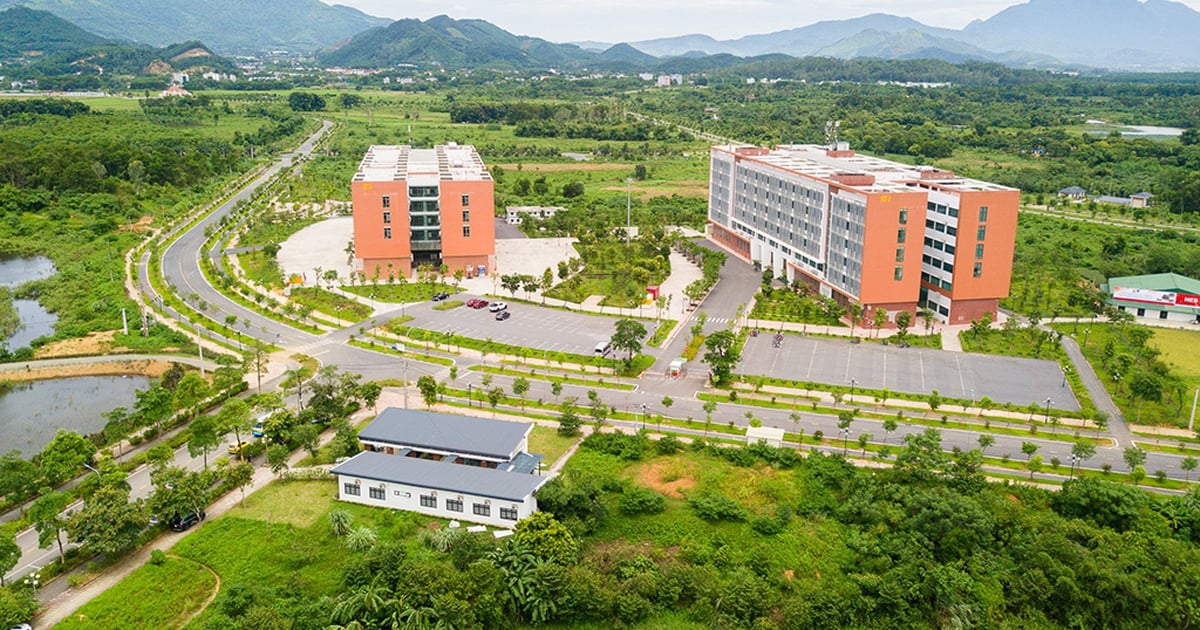





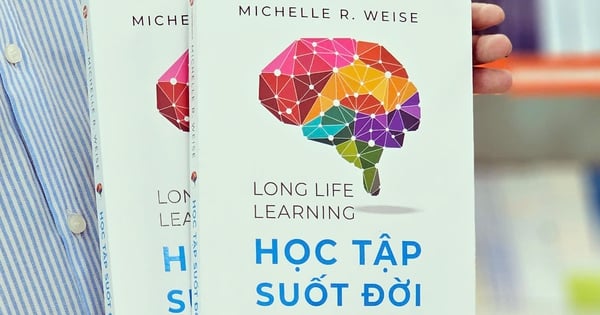


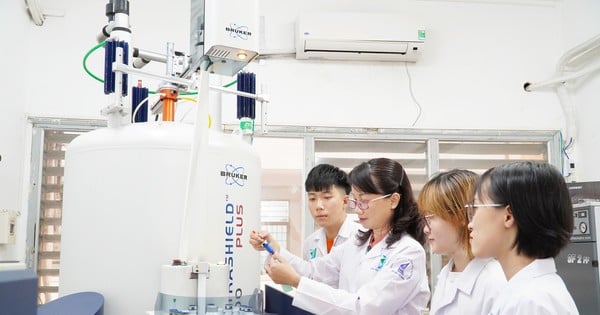


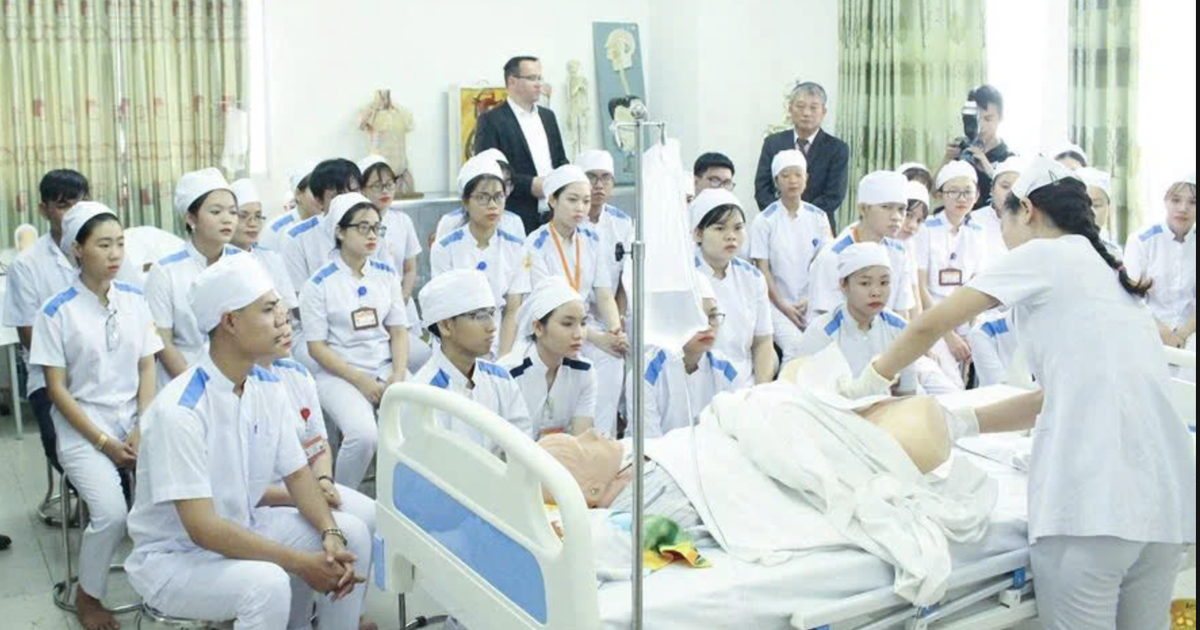




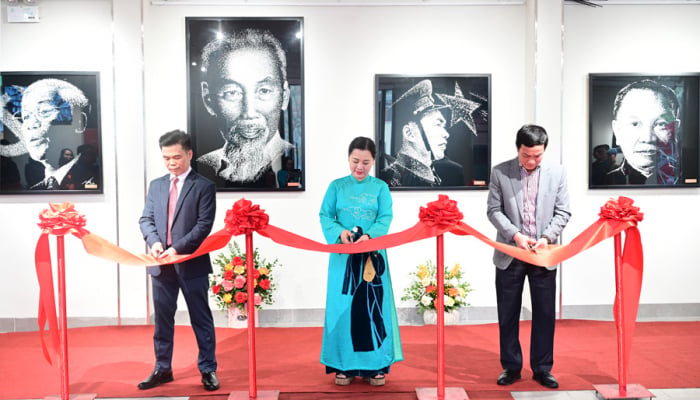



![[Photo] Dong Nai people warmly welcome the forces participating in the parade](https://vstatic.vietnam.vn/vietnam/resource/IMAGE/2025/4/5/ebec3a1598954e308282dcee7d38bda2)

![[Photo] Hanoi flies flags at half-mast in memory of comrade Khamtay Siphandone](https://vstatic.vietnam.vn/vietnam/resource/IMAGE/2025/4/5/b73c55d9c0ac4892b251453906ec48eb)











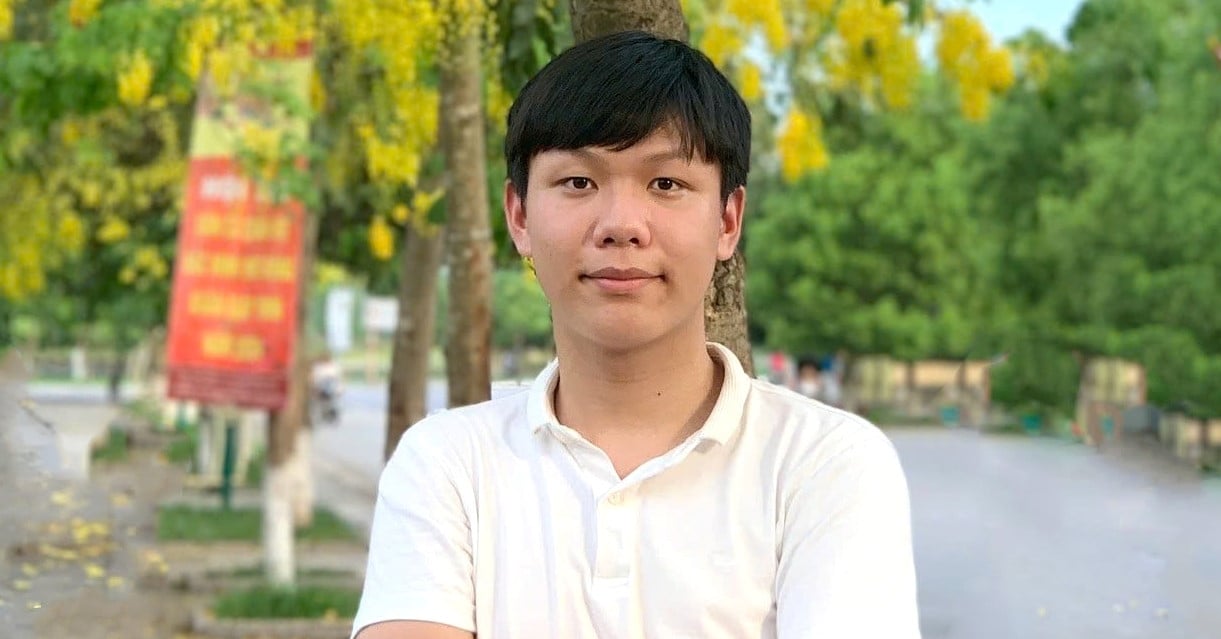



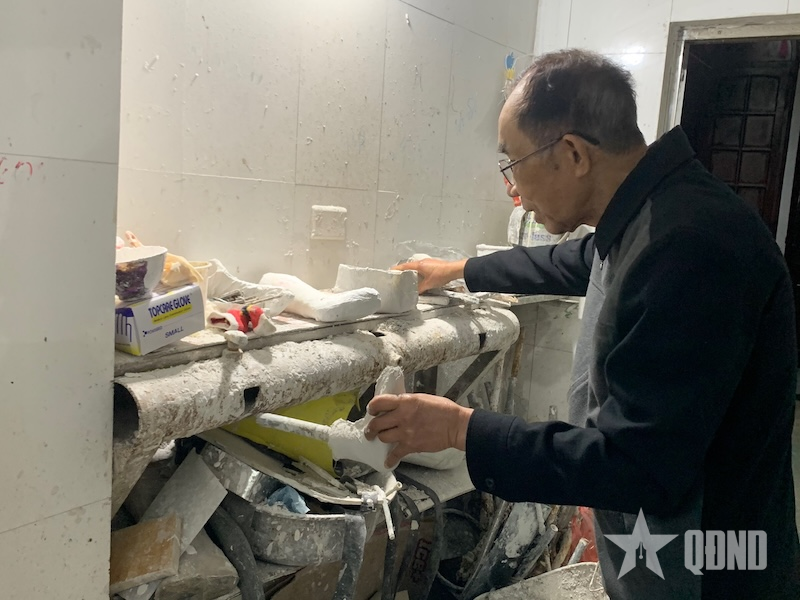



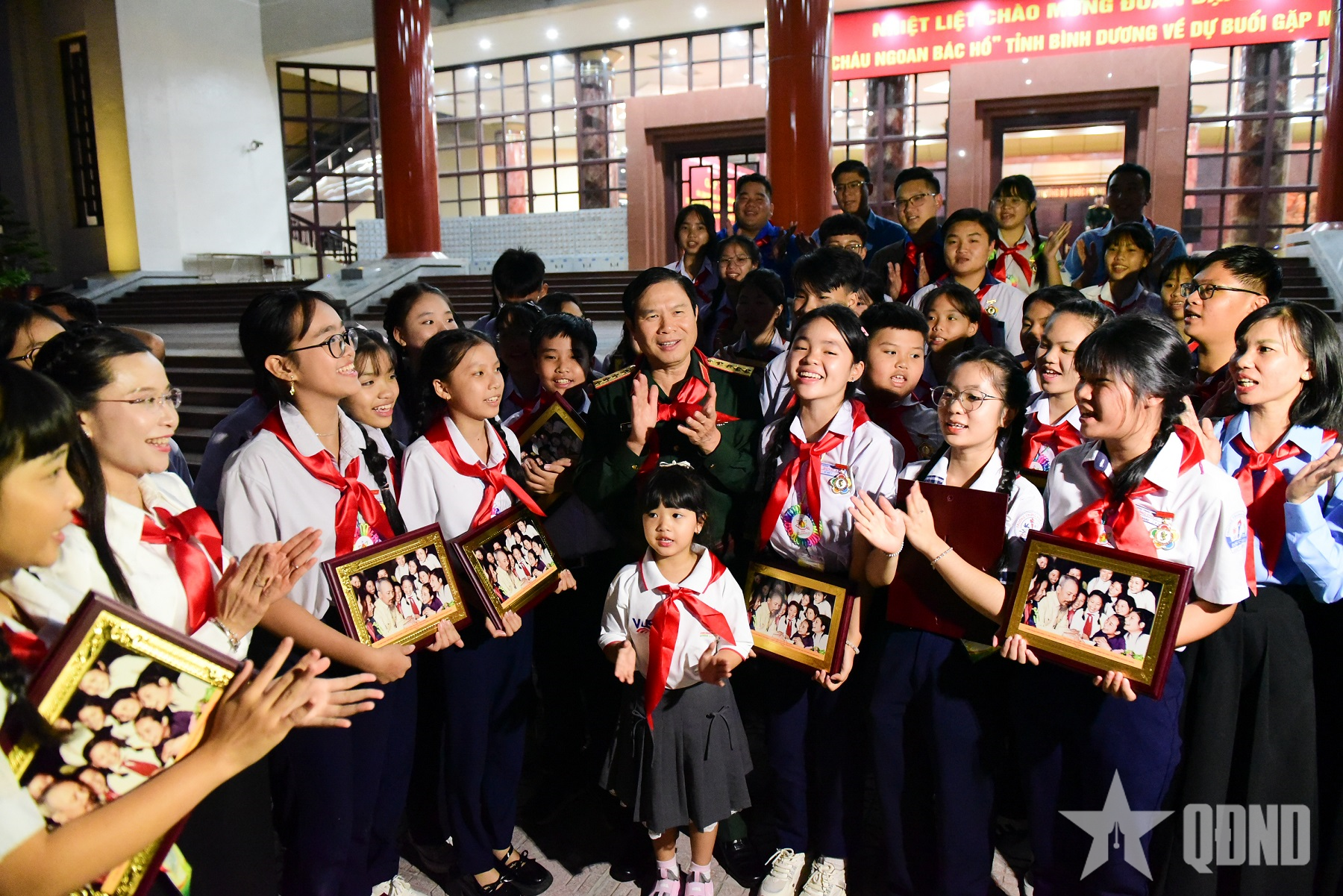

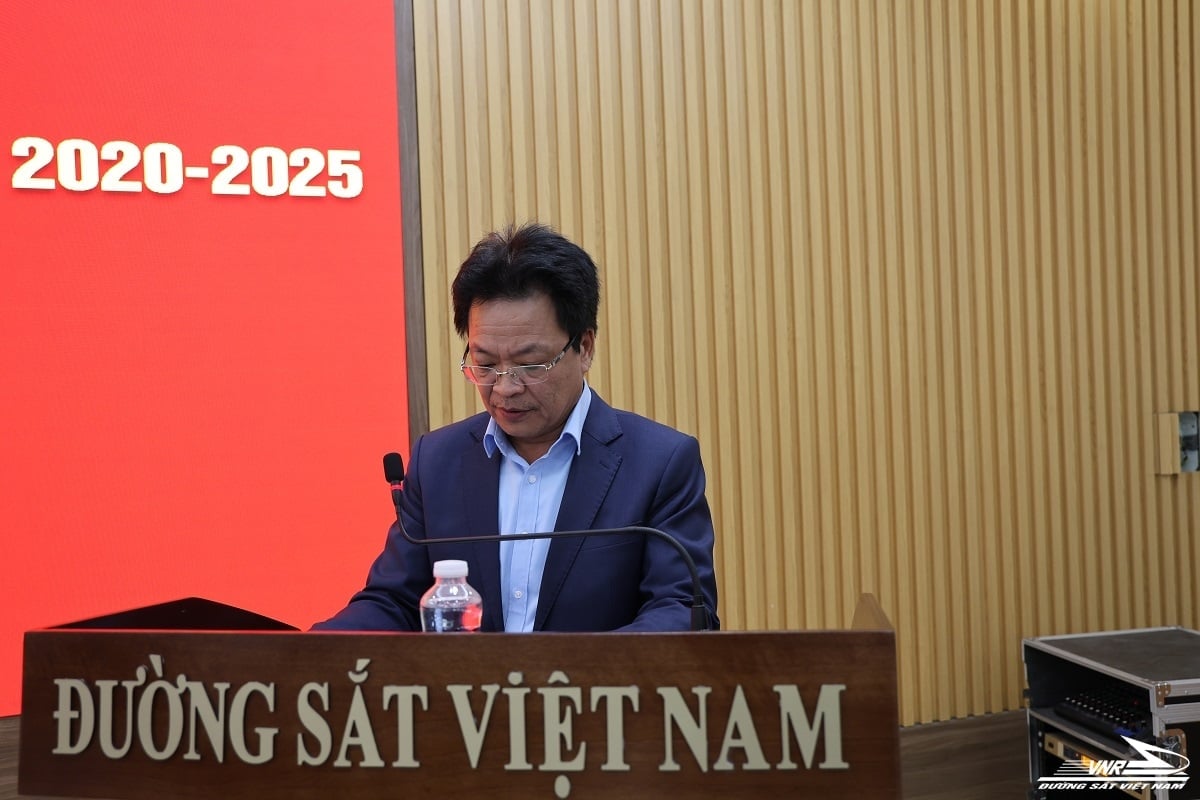

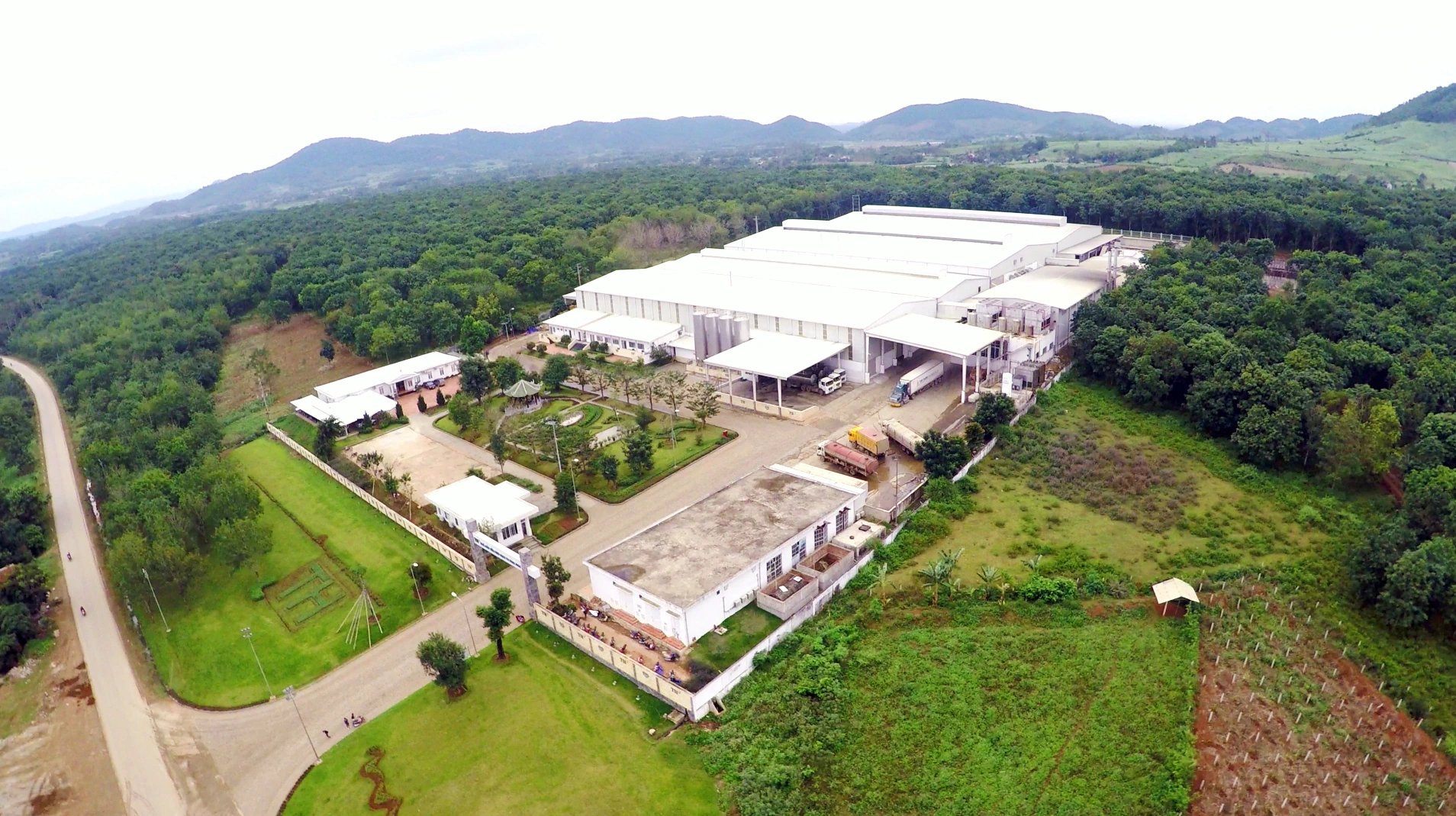




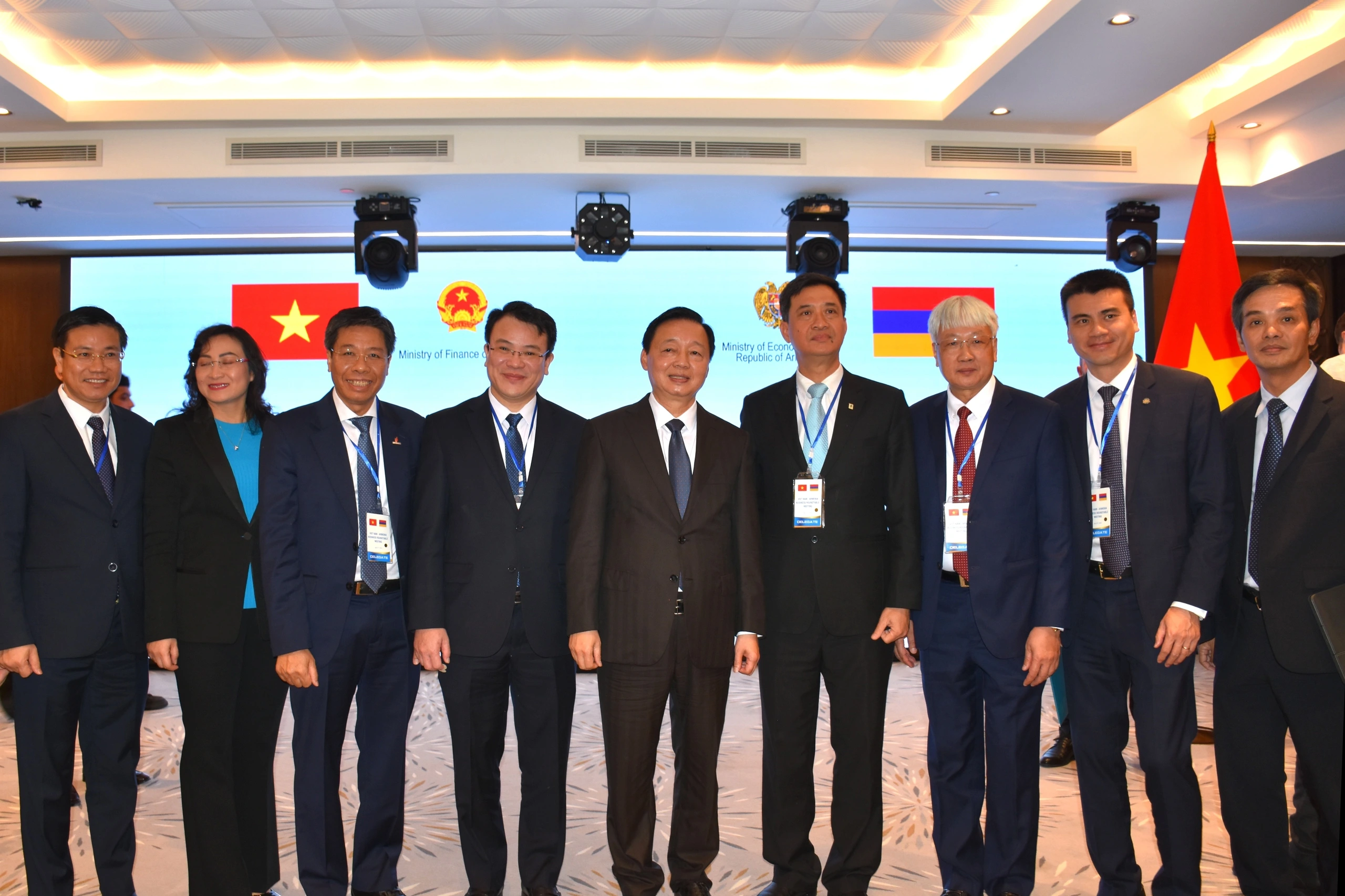



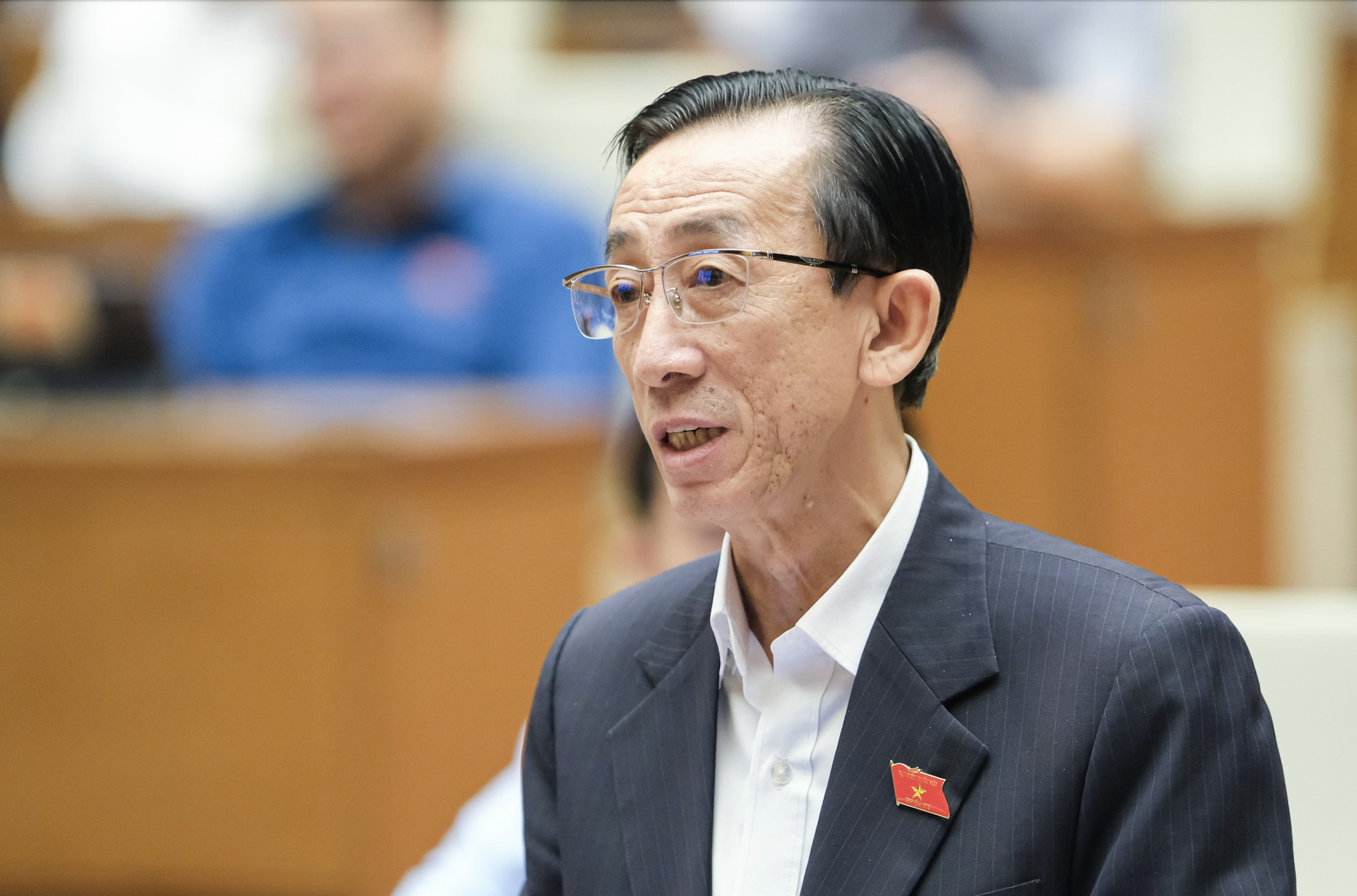




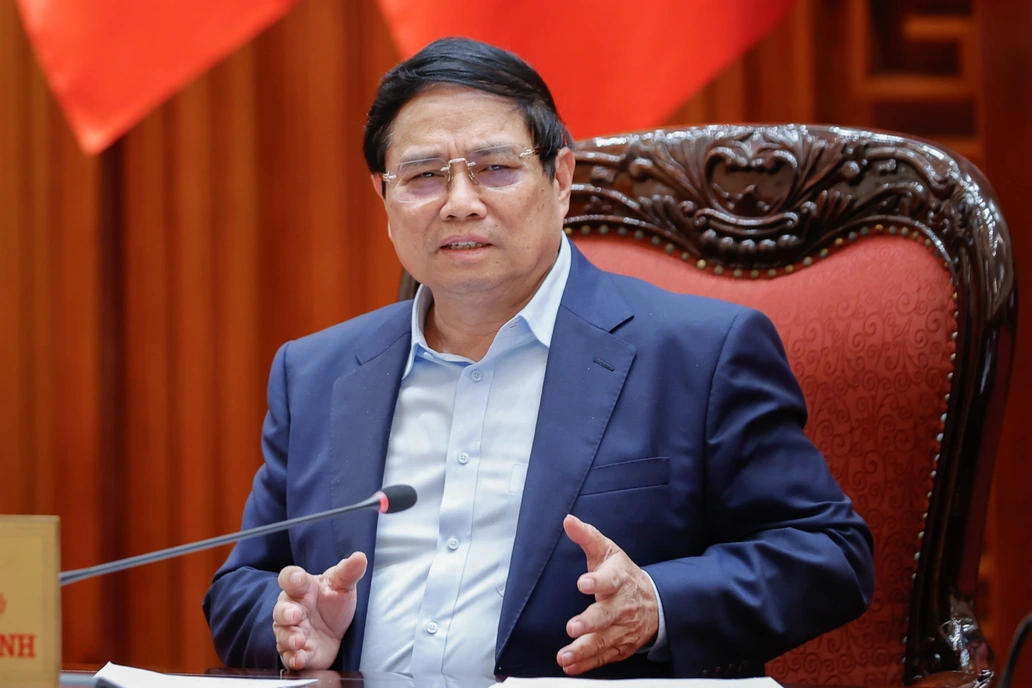








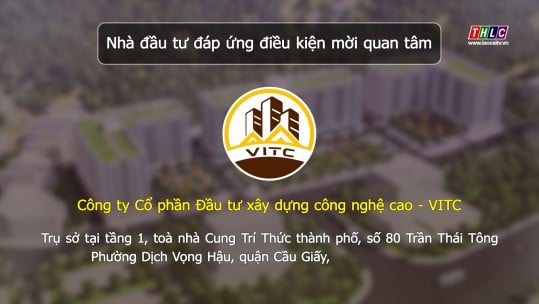


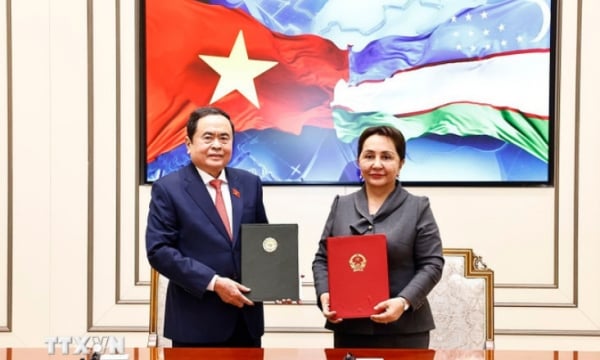
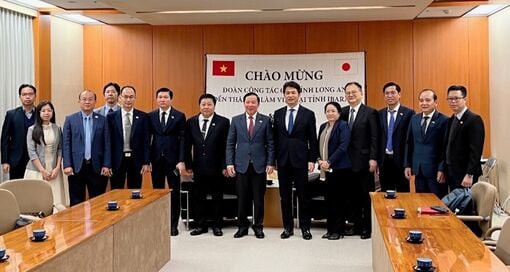



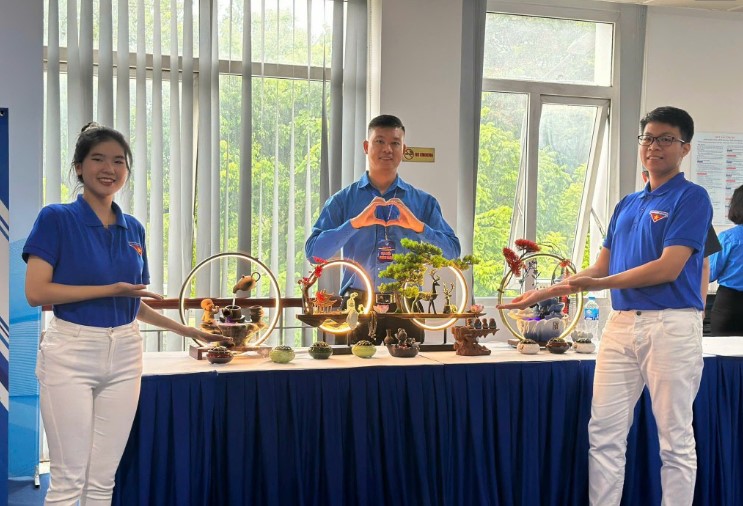
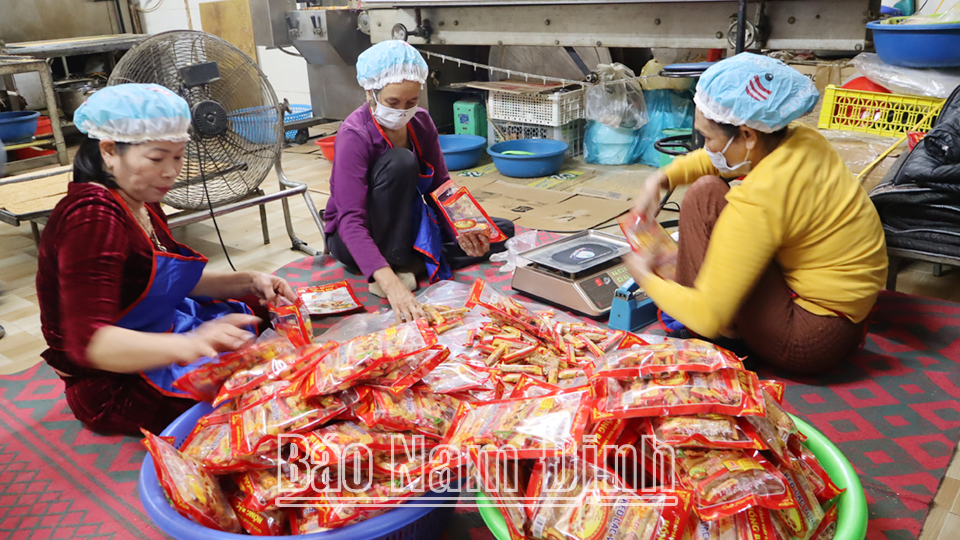





Comment (0)